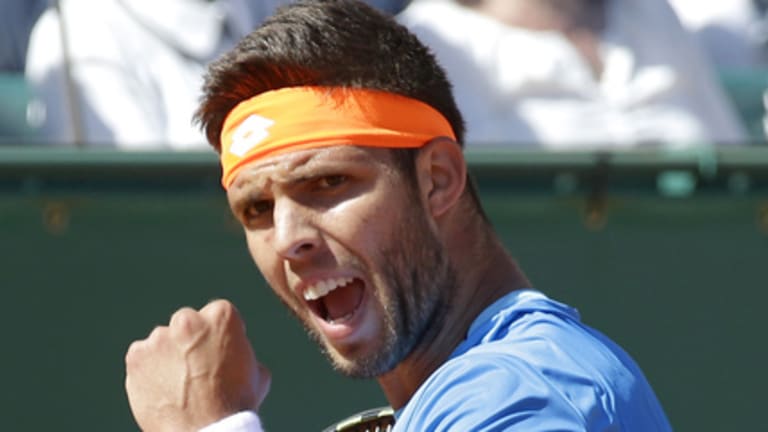Who, exactly, was ever going to beat Novak Djokovic again, and what was it going to take?
Many of us, after watching the world No. 1 follow up his sixth Australian Open title with his third straight Indian Wells-Miami double last month, had begun to wonder. In his 12 matches in the U.S. this spring, Djokovic had never really looked his best; everything appeared to be a struggle. Everything, that is, except winning: In those 12 matches, Djokovic dropped just one set.
If nobody could make any inroads at those two hard-court events, which were essentially meaningless to Djokovic, how was anyone going to do it once he reached the tune-up events for the French Open, a tournament that means more to him than any other? Coming into the first of those events, in Monte Carlo, Djokovic was 28-1 on the season and hadn’t lost a completed match since Roger Federer beat him in London last November.
It’s hard to imagine that anyone guessed the name of the player who would break that streak: On Wednesday, 55th-ranked Jiri Vesely, a hulking, bearded left-hander from the Czech Republic, did the seemingly impossible and upset Djokovic, 6-4, 2-6, 6-4. The 22-year-old Vesely was a much-touted talent when he first turned pro, but so far in 2016 he had been the anti-Djokovic: Vesely lost seven of his first eight matches this season, and in Monte Carlo he had been two points from defeat in his opening-round contest against Teymuraz Gabashvili.
